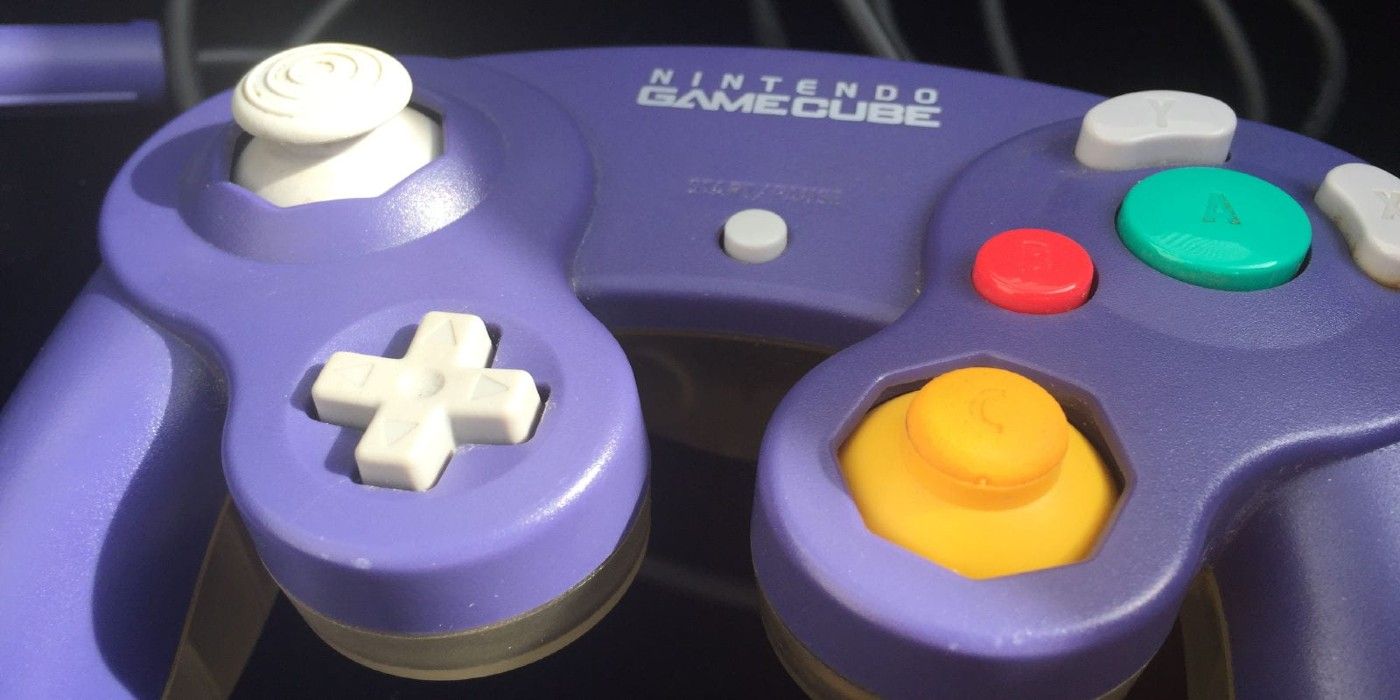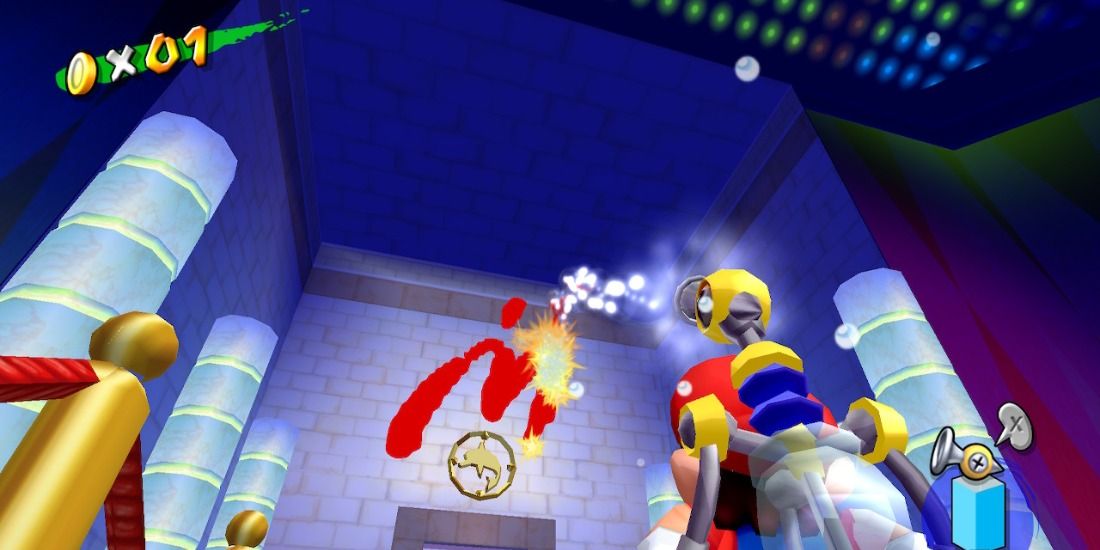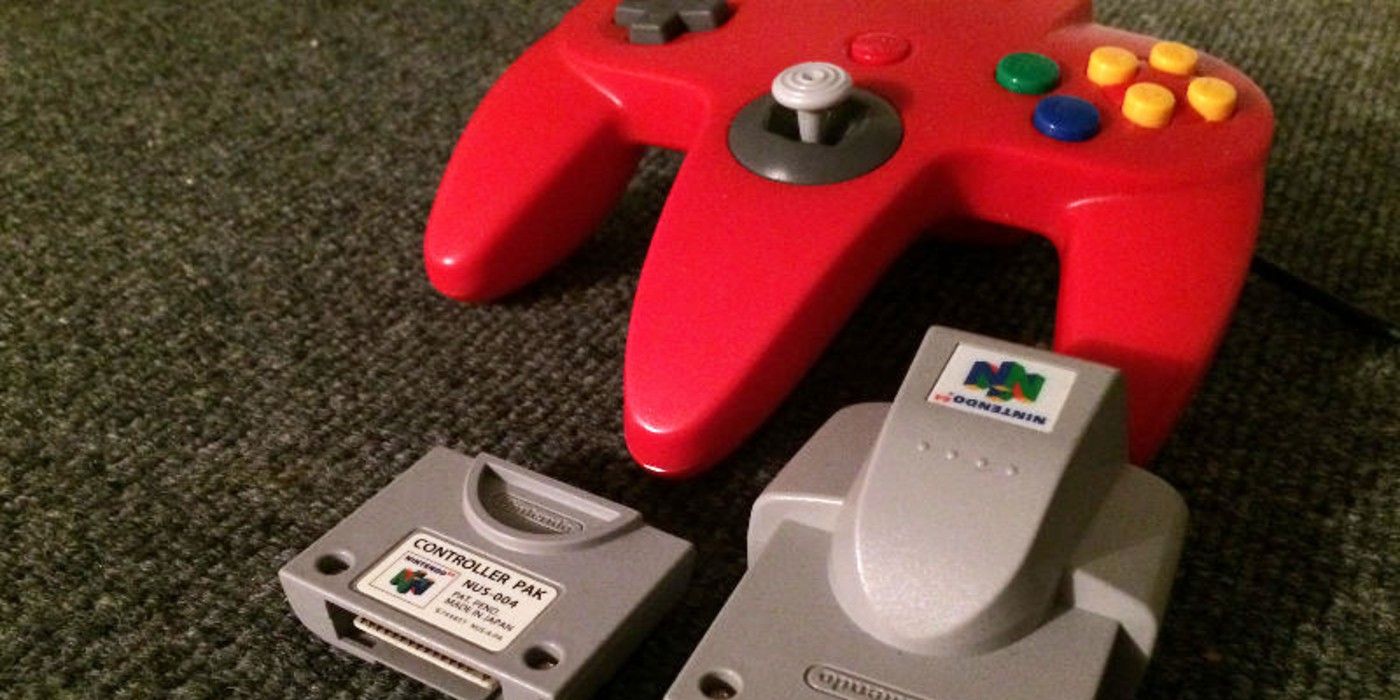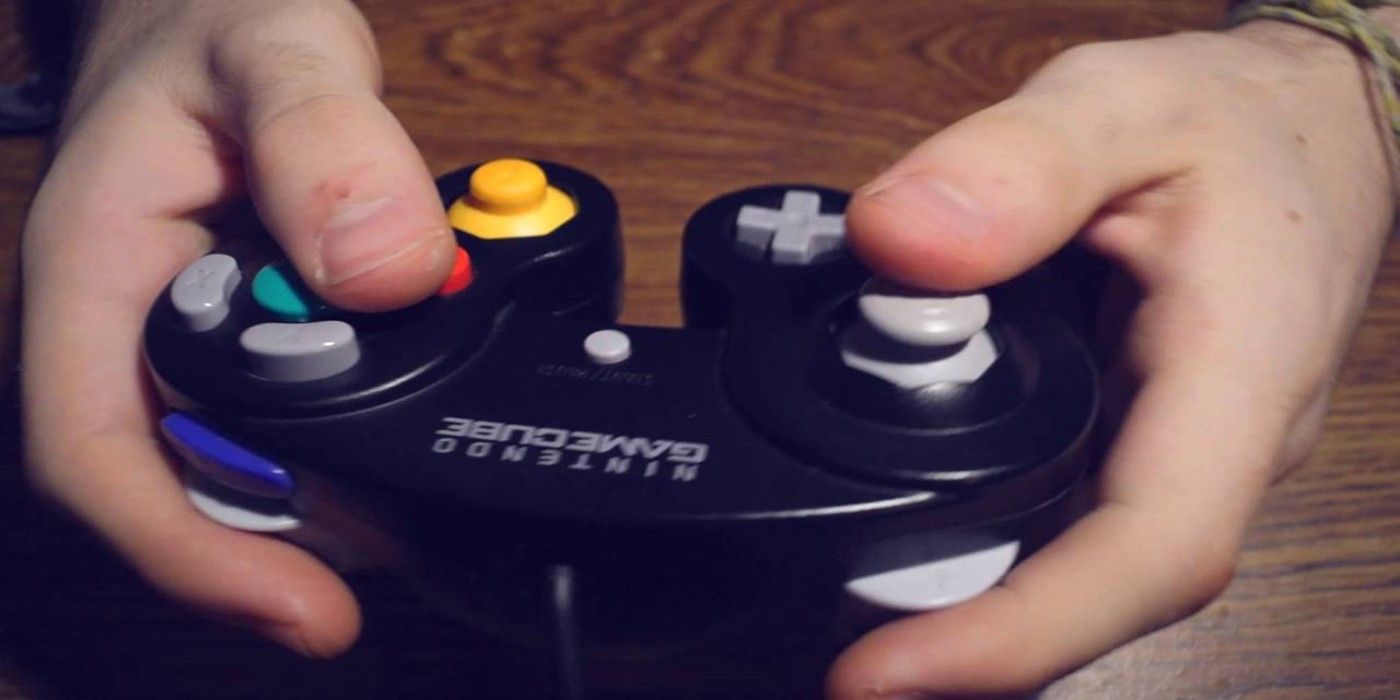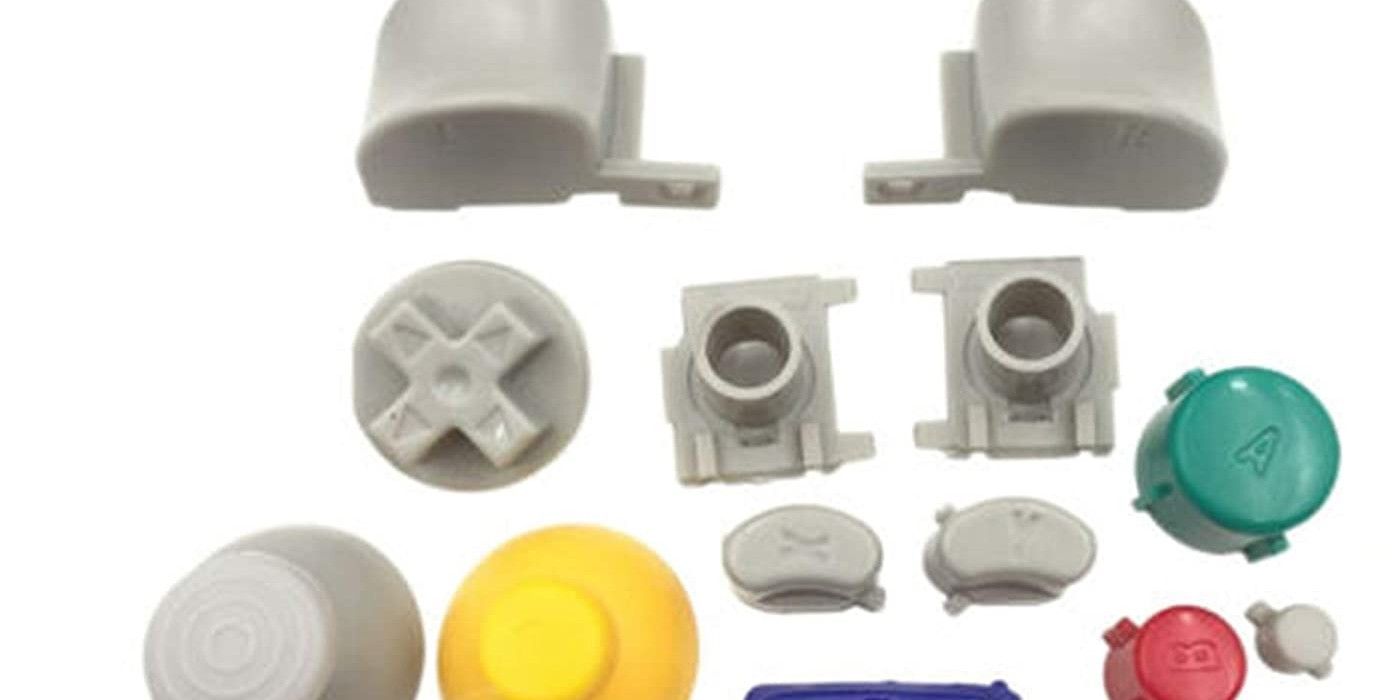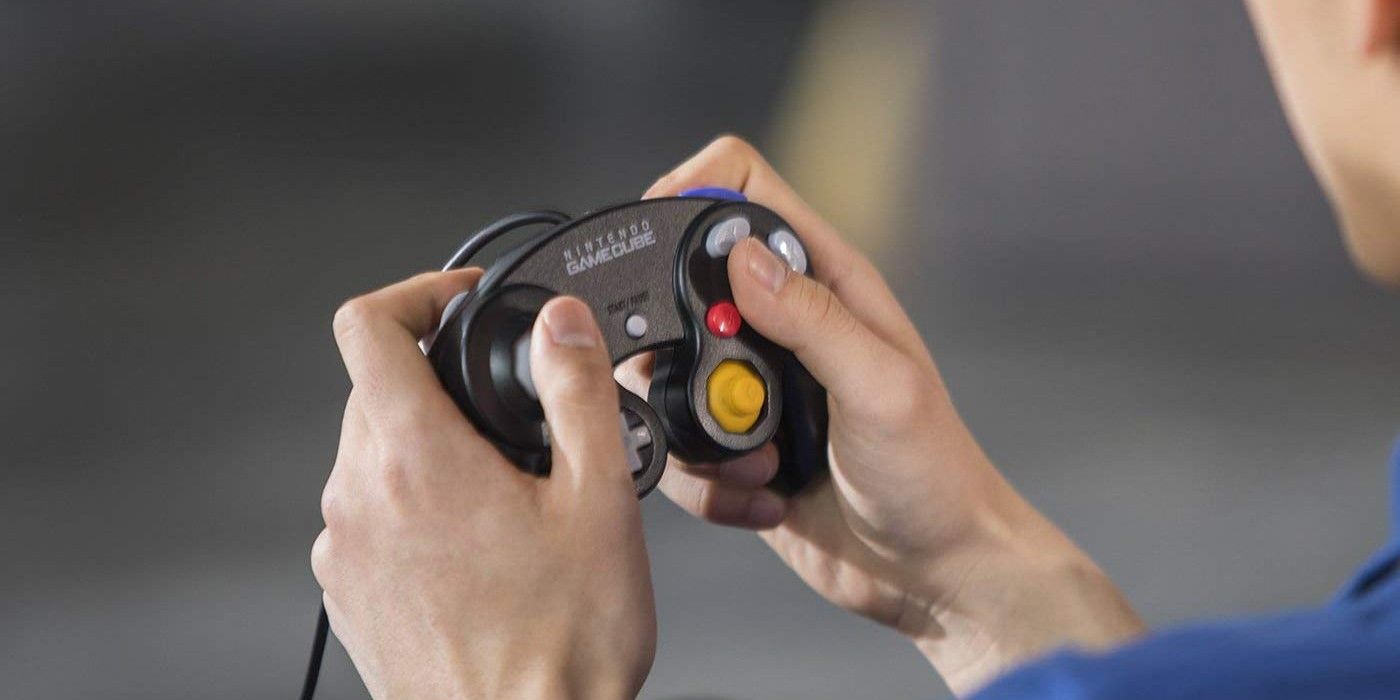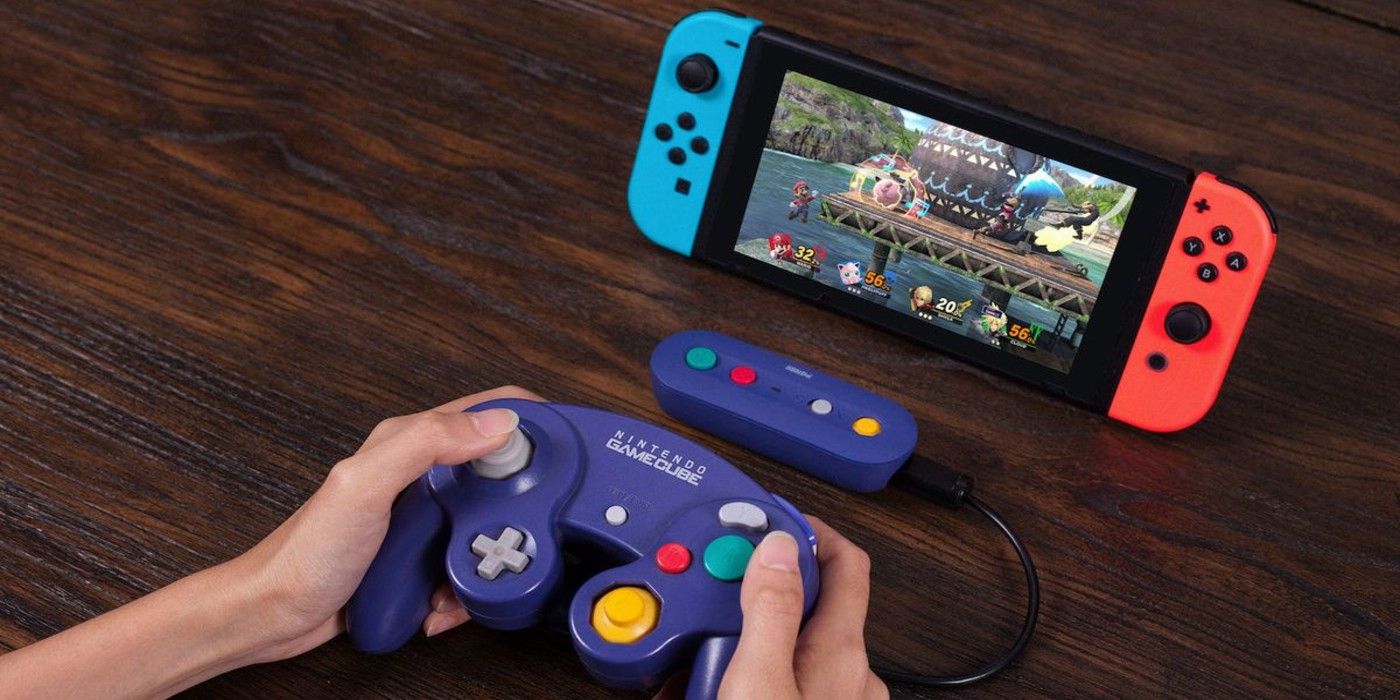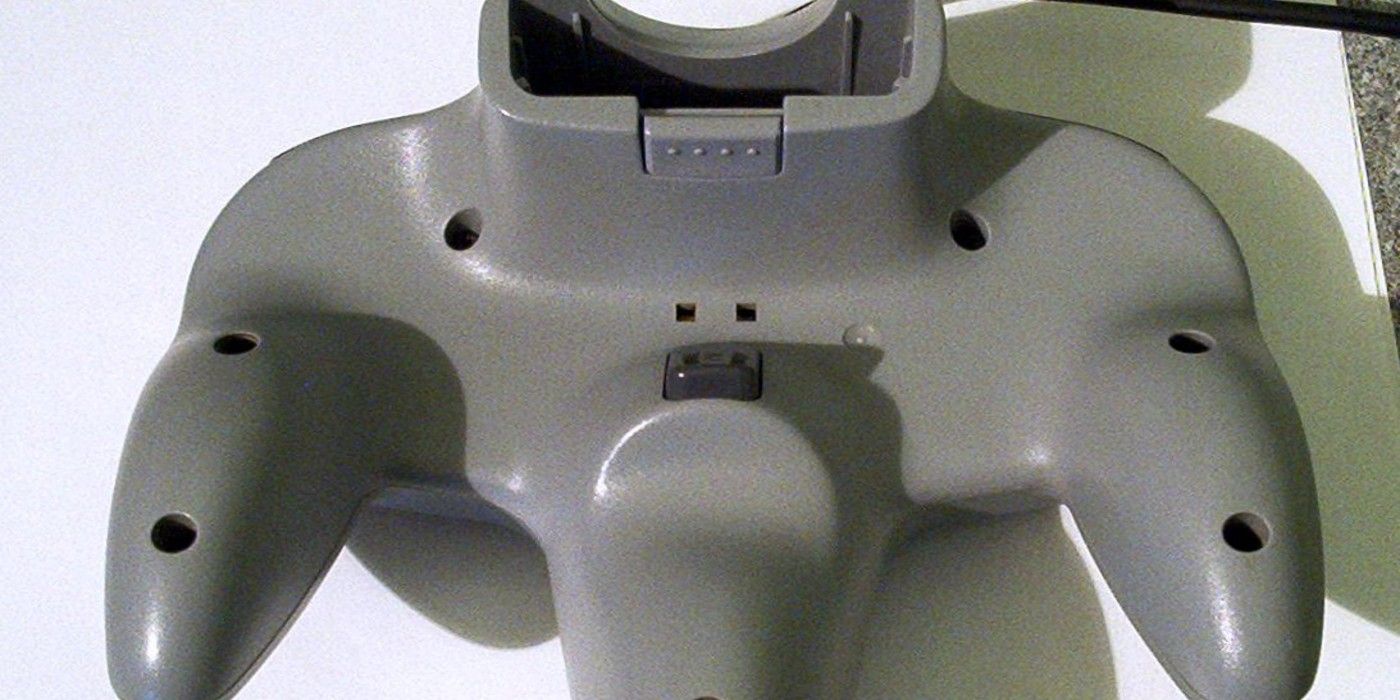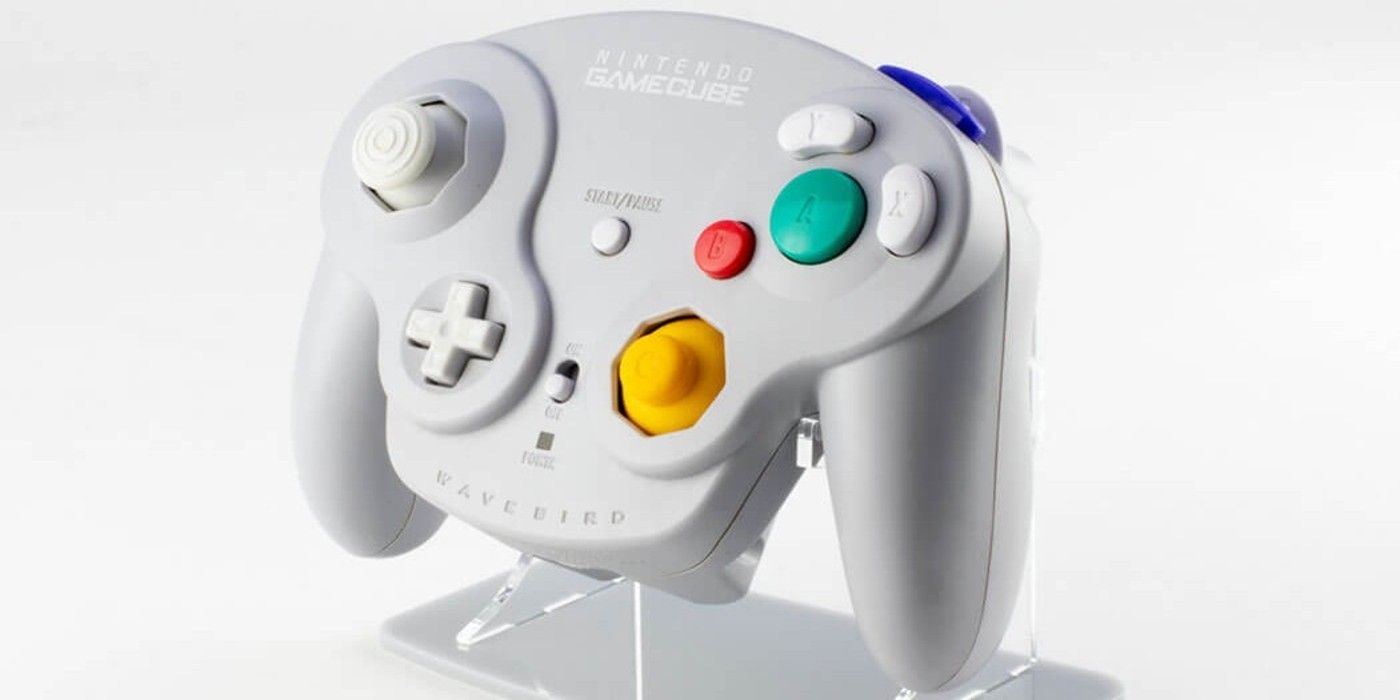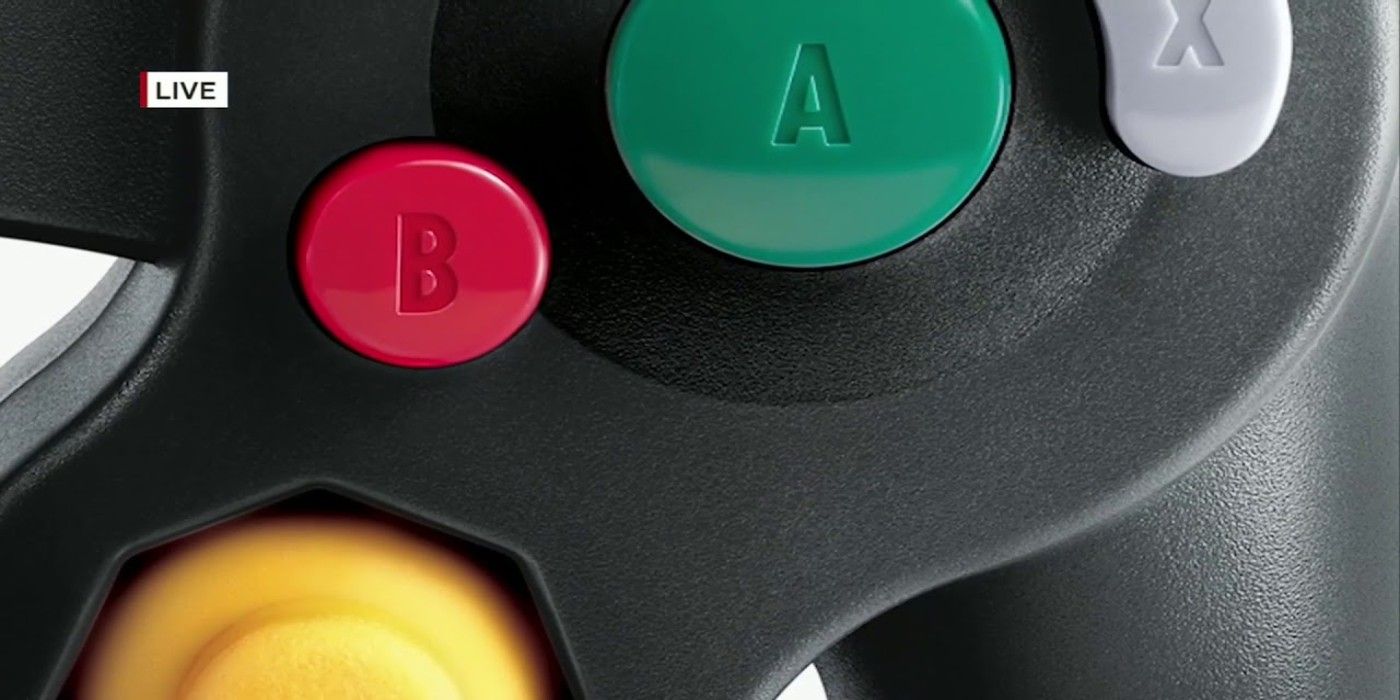Nintendo has been known for pushing boundaries and experimenting with interesting new ideas. This translates not only to their games but also their controllers, which have been pretty unconventional and unique ever since the '90s. These distinct designs and additions have proven to be a double-edged sword for many.
Nintendo's peculiar GameCube controller is a prime example of this. It has a number of elements that work, and may even excel over other devices. But at the same time, it has its share of oddities and quirks that can turn off some gamers.
10 Great: Pressure-Sensitive Triggers
There are at least a few perks that are uniquely tied to the GameCube's controller. One of the most notable has to be the pressure-sensitive triggers, which feel great and work surprisingly well.
This feature wasn't exactly widely used, and one can't help but feel that there was some untapped potential here. Still, it was nice to have, and games that did include these multiple degrees of pressure typically used them well. The flagship Mario titles, Luigi's Mansion and Super Mario Sunshine come to mind.
While subtle, this gave the Cube controllers a distinct trait that not even Nintendo's Switch could boast.
9 Not: No Expansion Capabilities
It's tough to knock a controller for something it doesn't have. But considering its N64 predecessor could load certain devices into its backside, the lack of an expansion port is hard to ignore.
Granted, this controller does come loaded with a built-in rumble, eliminating the need for a Rumble Pak. Yet, the option to insert some sort of additional memory, save data, or other enhancements would have been nice. Perhaps some kind of gyroscopic augmentation a la the GameBoy's Pokémon Pinball?
8 Great: The Joysticks - Both Of Them
The N64's controller broke new ground with its thumbstick, which was quite innovative and handy for its time. And though it's a subtle improvement, Nintendo did manage to take things to the next level by shifting from C buttons to the more intuitive, fluid C-stick.
Not only this, but the main thumbstick feels a degree more comfortable and robust this time around. It's more pleasant and ideal to use during those long, vigorous gaming sessions.
7 Not: The Small D-Pad
While the GameCube's joysticks are a plus, the D-pad managed to get the short end of the stick. It's good the Big N at least opted to include one, which is more than the Switch's Joy-cons can say.
Still, given its small size and awkward positioning at the lower-left portion of the controller, it almost may as well not be there. Trying to use it with regularity usually proves awkward and bothersome to say the least.
6 Great: Contours Designed To Fit Comfortably In Your Hand
From an aesthetic standpoint, the funky, random curves and general design of the Cube controller can be a sight for sore eyes. Still, most will likely agree that functionality and comfort reign over appearance. And for a great many, this device remains one of the most comfortable controllers that can possibly be held, even after two decades.
The dips and contours of the controller seem to mold almost perfectly into your hand, and the handles on the bottom make the device easy to hold for long periods of time.
5 Not: A Fairly Cheap, Toy-Like Feel
In fairness, the Cube controller's embedded, more sophisticated rumble motor helps in giving the device a weightier and more sophisticated feel overall. This is especially the case when compared to the lighter, plastic-y feel of N64's controller.
Still, it's hard not to draw comparisons between the GameCube's controller and a kid's toy, with its colorful display and rather cheap feel. This is disregarding the more high-end WaveBird, for the record.
4 Great: The Definitive Smash Bros. Controller
There's a reason Nintendo opted to release GameCube controllers laced with Smash Bros themes following the release of not one, but two Smash Bros games since Melee. To a great many, this is still the preferred way to play this renowned franchise.
And it's easy to see why, as the layout of the buttons seems tailor-made for the game. It certainly contrasts with the three-pronged N64 controller, and the rod-like designs of the Wii and Switch's input devices.
3 Not: The Rise And Fall Of The Z Button
Despite the oddities and blemishes of the N64 controller, there's another area where it excels over the Cube controller.
This decided advantage comes in the form of the Z button, which was optimally placed in the back of the 64's controller. This meshed well with action and FPS games, as it essentially simulated a trigger.
Yet, Nintendo elected to place the Cube's small, clicky Z button — on the top right portion of the device, right in front of the R trigger. Aside from just being aesthetically odd and randomly placed, this wasn't too ideal to reach for when gaming.
2 Great: The WaveBird Making Waves
It's a testament to a gadget when it can still manage to hold up several years after its release. And this is largely the case with the wireless variant of the Cube controller, the WaveBird.
It's significant from a historical standpoint, being the first major implementation of a wireless gaming controller. But also, the thing just feels solid; comfortable, reliable, and downright sturdy. If only it was able to support rumble...
1 Not: The Bizzare Button Shapes And Placement
Nintendo isn't often one to resort to conventional methods, and this shows in the funky design of the Cube controller. The large, prominent A button takes center stage, which is surrounded by the orbiting Y, Z, and B buttons.
This bizarre layout has become a fairly controversial choice, as it strays from the more standard design of other consoles. Then there's the low placement of the C-stick, which hasn't aged too well, given that it's typical practice to have parallel dual sticks these days.

